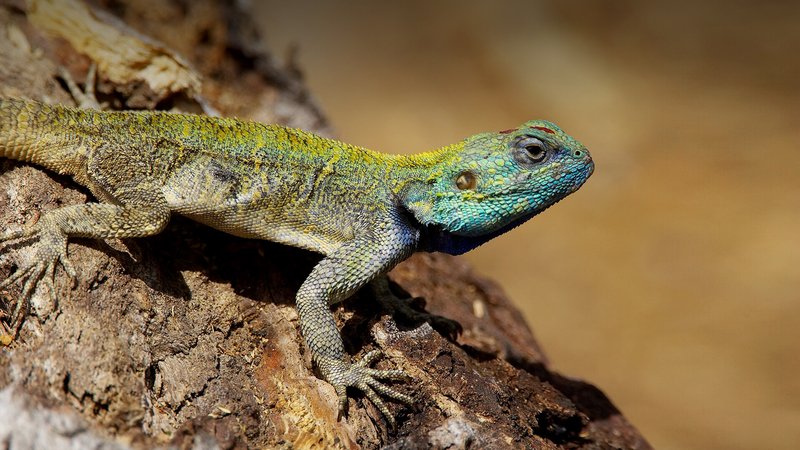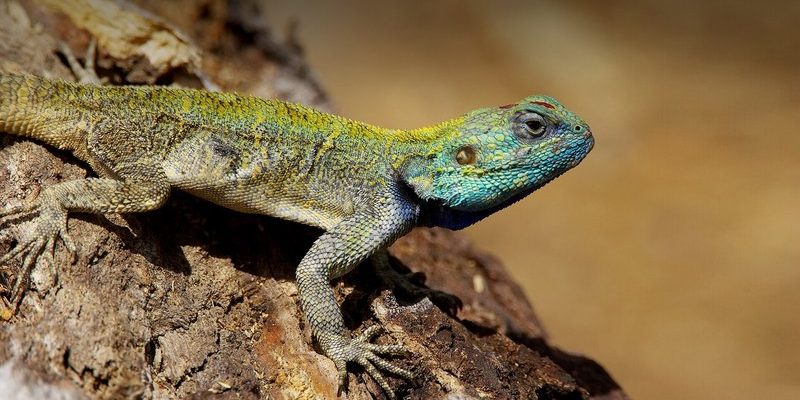
Lizards are more than just park dwellers or pet store residents. They inhabit deserts, forests, grasslands, and even urban areas. In this article, we’ll take a closer look at the various regions around the world where these captivating creatures live, how they adapt to their environments, and what makes each area special for our scaly friends. So, grab a cup of coffee, sit back, and let’s explore the world of lizards together!
The Diversity of Lizards’ Habitats
Lizards are remarkable for their adaptability, which allows them to thrive in a myriad of environments. You might be wondering how they manage to survive in such different places. Well, it’s all about their unique traits and behaviors.
– Deserts: In arid climates like the Mojave Desert or the Sahara, lizards such as the Horned Lizard and the Spiny-Tailed Lizard have evolved to withstand extreme temperatures. They have developed specialized scales that help retain moisture and reflect sunlight.
– Forests: Tropical rainforests, like the Amazon or Southeast Asia’s lush jungles, host colorful species such as the Chameleon and the Green Tree Monitor. These lizards often have vibrant colors that aid in camouflage among the leaves and branches.
– Grasslands: In open plains and savannas, creatures like the Eastern Fence Lizard can be spotted basking on rocks or logs. Their flat bodies and ability to blend in with the surroundings make them perfect for evading predators.
Each habitat presents a different set of challenges and benefits, but lizards have mastered their domains in fascinating ways.
Lizards in the Americas
In the Americas, lizards are incredibly diverse, from North to South. You can find species that range from the small but speedy Side-blotched Lizard in the deserts of California to the grand Iguanas basking on the beaches of Central America.
– North America: Here, the Western Fence Lizard and the Collared Lizard are common sights. They adapt well to cooler climates and are often seen perched on rocks to soak up the sun. Their ability to thrive in diverse environments—from coastal areas to mountains—shows their adaptability.
– Central America: This region is home to species like the Green Iguana, which can be seen lounging in trees. These iguanas are excellent climbers, and their ability to navigate both land and tree canopies makes them fascinating to observe.
– South America: In the lush Amazon basin, you can find the striking Tegu Lizard and various species of Anoles. Their colorful patterns are not just for show—they help them blend into the vibrant rainforest, evading predators while they hunt for insects and fruits.
The Americas offer a rich tapestry of lizard life, showcasing just how adaptable these reptiles can be.
African Lizards: Masters of Survival
Africa is a continent bursting with life and diversity, and lizards are no exception. Known for its unique ecosystems, Africa hosts various lizard species that have adapted to survive in extreme conditions.
– Desert Regions: The Namib Desert houses lizards like the Sand Lizard, which burrows into the sand to escape the scorching heat. These lizards are experts at finding moisture in an otherwise dry environment.
– Savannas and Grasslands: In places like the Serengeti, the Agama Lizard thrives, basking on rocks while keeping a keen eye out for predators. Their bright colors are not just eye-catching; they play a role in attracting mates.
– Rainforests: The rich biodiversity of the Congo Basin hosts lizards like the Cameroon Skink, which loves the humidity and shelter provided by thick vegetation. These lizards help maintain the ecological balance by controlling insect populations.
In Africa, lizards showcase incredible adaptations that allow them to navigate their diverse habitats.
European Lizards: A Unique Collection
Europe may not be as well-known for its lizard diversity, but it holds its fair share of intriguing species. From the Mediterranean to the northern tundras, lizards have carved out niches for themselves across the continent.
– Mediterranean Coast: The Mediterranean House Gecko is a common sight, often found in urban areas where it hunts insects that are attracted to lights. Their adaptability allows them to thrive in human-populated environments.
– Woodlands and Fields: The Common Lizard, often found in Britain and other parts of Europe, is remarkable for its ability to change color with the seasons. This feature helps them blend in with their surroundings, avoiding potential threats.
– Alpine Regions: In the colder climates, lizards like the Alpine Lizard can be spotted sunbathing on rocks. They have adapted to survive in cooler temperatures, making the most of the short sunny days.
Although smaller in number, European lizards are fascinating with their unique adaptations and varied habitats.
Asia’s Enigmatic Lizards
Asia is home to some of the most vibrant and varied lizard species on the planet, from the bustling streets of cities to the remote jungles and deserts.
– Tropical Rainforests: Southeast Asia, with its lush rainforests, boasts species like the Flying Dragon Lizard, which can glide from tree to tree. This unique adaptation helps it escape predators and travel efficiently.
– Deserts and Arid Regions: The Common Agama can be found in places like the Arabian Peninsula, where it soaks up the sun on warm rocks. Its colorful skin isn’t just pretty; it plays a key role in temperature regulation.
– Urban Areas: Many lizards, such as the Asian House Gecko, have thrived in cities where they feed on insects drawn to artificial lights. Their adaptability makes them a common sight in many neighborhoods.
Asia’s lizards show incredible versatility, thriving in diverse environments ranging from urban to wild.
Oceania’s Unique Reptile Population
Oceania is famous for its unique wildlife, including some truly unusual lizards. The islands and coastlines offer shelters and conditions that are quite different from other parts of the world.
– Australia: Known for its Blue-Tongued Skinks and Goannas, Australian lizards are often colorful and uniquely adapted to their environment. For instance, some can even change color to blend in with their surroundings better.
– Island Species: Many islands in the Pacific, like New Zealand, host species like the Tuatara, often referred to as a “living fossil.” These reptiles have remained relatively unchanged for millions of years, showcasing how evolution can work in isolation.
– Tropical Islands: The Green Tree Monitor in the tropical climates of places like Papua New Guinea is an expert climber, blending seamlessly with the foliage. Their ability to thrive in trees showcases how lizards adapt to specific environments.
In Oceania, the variety of lizard life is impressive, showcasing adaptations that allow them to thrive in diverse habitats.
Lizards are incredible creatures that play a vital role in various ecosystems across the globe. Whether you spot a colorful Anole in your garden or a majestic Iguana sunning itself on a beach, these reptiles offer a glimpse into nature’s adaptability and diversity.
The next time you see a lizard, remember that it’s not just a creature scuttling by; it’s part of a rich tapestry of life that spans continents and climates. As we continue to explore the world of lizards, let’s appreciate the unique adaptations that allow them to thrive in every nook and cranny of our planet. So whether in the deserts of Africa or the jungles of South America, lizards indeed remind us of nature’s artistry and resilience.

